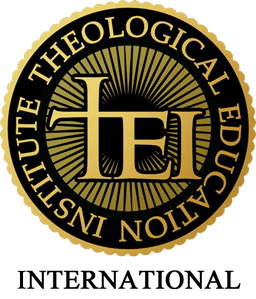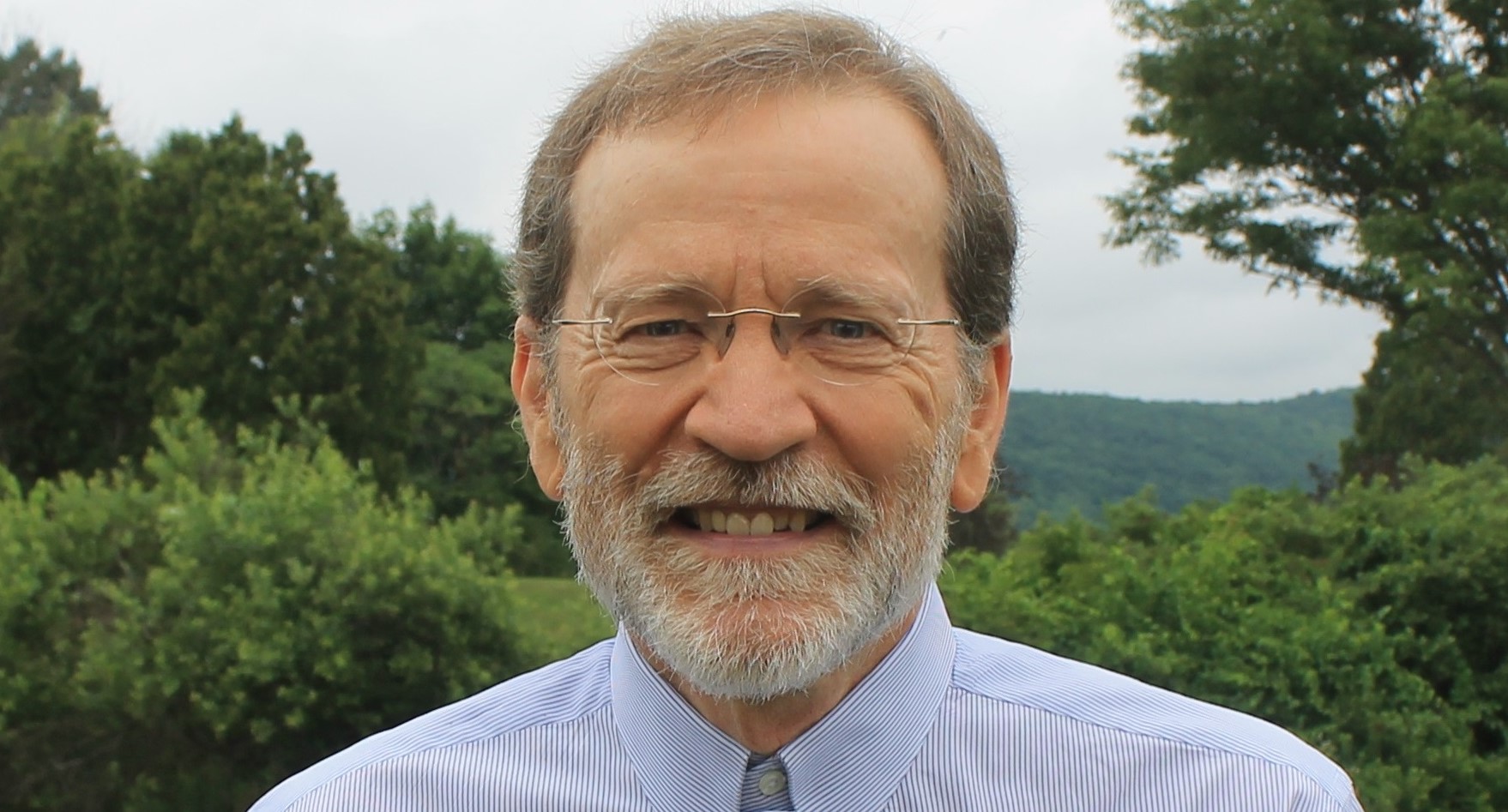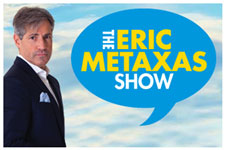Socio-Demographics and Homosexuality
John C. Rankin
[excerpted from First the Gospel, Then Politics …, 1999, Vol. 2, not published]
One of the central sociological facts about homosexuals in the United States today, revolves around their privileged positions in society, on average. Various studies have surveyed the educational and economic status of self-identified homosexuals. (This is also to say that the truly closeted and lonely homosexual people do not show up in such studies, and thus it is hard to measure both their number or their sociological profiles. As well, it means that when we speak of the “homosexual-rights movement,” we are speaking of those who are publicly self-identified as “gay” or lesbian, and accordingly, make no generalizations about closeted homosexuals.)
One study I saw noted that 80 percent of self-identified homosexuals age 25 and older are college graduates. At the same time, for all Americans of the same age who are college graduates, it is under 16 percent (but in my home state of Connecticut it is now 33 percent). This is a 5:1 ratio. And even if there were serious error in the sampling of this study, could it possibly be less than a 4:1, 3:1 or 2:1 ratio? Why are “educated” people more likely to be homosexual?
The core of the homosexual-rights movement, in many regards, views itself as culturally superior to heterosexual culture, and they certainly represent an educated elite (as I have seen in many encounters with their activists). How would this reality be argued by those who believe homosexually is genetically predetermined? If homosexuals are more intelligent than the general population, how have they passed on their genes all these years? Or would it be argued that homosexuality is a recessive trait, passed on through heterosexuals but manifest in homosexuals? That would be a remarkable position to argue and evidence. In any event, if homosexuality is applied consistently in a person’s life, it is a one-generation generation. They remain in need of heterosexuality to pass on their desired traits, even in terms of human cloning. Another element here revolves around the high concentration of homosexuals in the artistic communities. Is this also to be argued as a genetic reality?
As I refer to homosexual activist Harry Freeman Jones elsewhere (click here), he alludes to a self-conscious and passionate commitment to a homosexual community that sustains itself throughout the ages. Many homosexuals point out various well-known historical figures, who made genuine contributions to human culture, and who were also homosexual (or theorized to be). And since homosexuals qua homosexuals cannot procreate, they need to recruit.
The ancient serpent cannot procreate, so he recruits by means of deception. Thus, the homosexual-rights movement is a religious community that is a self-conscious antithesis to biblically faithful church communities. In fact, the homosexual-rights community of choice, as an ersatz sexuality and ersatz religion, may in the end prove to be the most passionate embracers of the antichrist. “lawless sexuality” will be an excellent tool for the antichrist who is also called “the man of lawlessness” (2 Thessalonians 2:3).
In a Mars Hill Forum I hosted with Patricia Ireland at the Chautauqua Institution (August, 1998), we addressed the subject of homosexuality. Patricia made a telling comment when she spoke of “choosing to be evangelical or gay” (as I scribbled the phrase down in my notes). She spoke of two competing identities – thus a religious question. What is our ultimate identity and choice? Homosexuality is a de facto religion for many, and this is especially profiled in those whom pansexual jihadists oppose the most passionately – biblically committed Christians. Their jihad, their religious holy war. We Christians sin if we participate in this war. We are called to model the six ethical components of biblical faith, specifically here the power to love enemies – to love those who hate us.
There are also various studies that show that homosexuals have a higher per capita income that Americans at large – from twice to four times as much. But too, there are serious studies by homosexual advocates that contest this. In the midst of this debate, it can be accurately stated that homosexuals do have a higher ratio of college degrees, and most do not have children to be responsible for. As well, many advertisers cater specifically to homosexuals, being aware through market research of a) their educational status and therefore cultural interests, and b) their disposable income.
In recent years, the homosexual-rights movement has also used a statistical myth taken from Alfred C. Kinsey’s well known, and deliberately flawed and ethically abhorrent research (1948 and 1953), that ten percent of the population are homosexual. Many in their midst want to profile themselves as greater in number than they really are, as an attempt to demand cultural recognition. The subsequent and ratified research from many quarters confirms that the real figure is under 3 percent, with only some 1.8 percent being exclusively homosexual. This is an aggregate of male homosexuals and lesbians, with lesbians being the smaller portion numerically.
So why is this the case? I believe the biblical profile of Sodomite culture gives us a clue. The Sodomite men were not exclusively homosexual – they were pansexual. They were the most cultured and wealthy people of that time and area, and thus a magnet for people who wanted wealth and leisure. This was part of the syncretistic seduction Lot was enticed by, though he drew the line when it came to his personal morality. In our society, indeed in all societies, it takes education to produce wealth, and wealth to allow leisure time.
And for those who do not have great personal wealth, or who have none at all, they still have the ability within the societal wealth of first-world nations to make the time for leisure. We see this in the artistic community and its pursuit of leisure as a goal. Indeed, the arts is properly the domain of leisure time – that is, its work serves the enjoyment of the domain of the Sabbath in the order of creation. This is one crucial reason why Christians must be redemptively involved in the arts. The arts have been theologically reversed, have become a place of sinful leisure, and thus we need to serve the reversal of the reversal. But because leisure can be made into an idol, sexual promiscuity is rampant within the artistic community, with homosexuality a most flagrant part. This idol is also pursued in the promiscuous heterosexual community, but homosexuals on average have far fewer family responsibilities than even promiscuous heterosexuals. And this is one reason why promiscuous heterosexuals by and large support homosexuals – ultimately both are in service to a pansexuality whether or not they are explicitly aware of it.
As well, I believe that many artistic men become homosexual in part because of fathers, or father figures, who did not regard their creativity as macho. When this is coupled with factors of abuse and other reversals of the proper role models of male and female, the psychic toll can be so great that many people flee into the lawlessness of the homosexual subculture in search for identity and ways to alleviate their pain.
The end result is that we have a homosexual-rights movement that is religious in fervor, and very jealous of the identity it has and is carving out for itself in society. Homosexuality is a religion, or perhaps more properly, a subcategory of the religion of pansexuality. It wants an identity that meets the aspirations of the POSH Ls, but without the God of the Bible. It wants cultural equality with if not superiority to the heterosexual world.
###
Religion, Education, the Arts and Leisure Time
One of the central sociological facts about homosexuals in the United States today, revolves around their privileged positions in society, on average. Various studies have surveyed the educational and economic status of self-identified homosexuals. (This is also to say that the truly closeted and lonely homosexual people do not show up in such studies, and thus it is hard to measure both their number or their sociological profiles. As well, it means that when we speak of the “homosexual-rights movement,” we are speaking of those who are publicly self-identified as “gay” or lesbian, and accordingly, make no generalizations about closeted homosexuals.)
One study I saw noted that 80 percent of self-identified homosexuals age 25 and older are college graduates. At the same time, for all Americans of the same age who are college graduates, it is under 16 percent (but in my home state of Connecticut it is now 33 percent). This is a 5:1 ratio. And even if there were serious error in the sampling of this study, could it possibly be less than a 4:1, 3:1 or 2:1 ratio? Why are “educated” people more likely to be homosexual? The core of the homosexual-rights movement, in many regards, views itself as culturally superior to heterosexual culture, and they certainly represent an educated elite (as I have seen in many encounters with their activists). How would this reality be argued by those who believe homosexually is genetically predetermined? If homosexuals are more intelligent than the general population, how have they passed on their genes all these years? Or would it be argued that homosexuality is a recessive trait, passed on through heterosexuals but manifest in homosexuals? That would be a remarkable position to argue and evidence. In any event, if homosexuality is applied consistently in a person’s life, it is a one-generation generation. They remain in need of heterosexuality to pass on their desired traits, even in terms of human cloning. Another element here revolves around the high concentration of homosexuals in the artistic communities. Is this also to be argued as a genetic reality?
In my forum with homosexual activist Harry Freeman Jones, another comment he made sheds some light on the truth. He steered clear of arguing that homosexuality was genetic and explicitly spoke of the ability of heterosexuals to become homosexual. Thus, his sense is that the homosexual-rights movement is its own “community of choice.” And here we see the reversal of a biblical theocracy in eschatological focus, and one reason why I regard the homosexual-rights movement as a de facto religion. The reversal of the God, life, choice, sex order of creation is its religious identity. Or to put it another way, its religion is lawless sexuality, the same religion as Sodom.
His comment to me was that if it were not for homosexuals, I would be walking around naked, since “all” the clothes designers (in his estimation) are homosexual. What he was doing was trying to make heterosexual existence and survival a parasite of homosexual culture. A true reversal that would theologically make intrinsic creation a product of and dependent upon intrinsic destruction, e.g., the Babylonian Genesis. Evil is a parasite of the good, yet Jones wants to make good the parasite of evil. As Isaiah says:
“Woe to those who call evil good and good evil, who put darkness for light and light for darkness, who put bitter for sweet and sweet for bitter.
“Woe to those who are wise in their own eyesand clever in their own sight (5:20-21).
Here the “community of choice” identity of homosexuality comes to the surface. Whether or not people regard themselves as homosexual, I regard them as image-bearers of God, as sinners like me in need of the Savior. It is merely a question of whether or not we confess and celebrate nephesh in the end. If they design clothes – great. But is Jones also saying that no heterosexuals have ever designed or made clothes? Or that the design and manufacture of clothes is somehow intrinsic to homosexuality, a kind of sex-determined skill? Who clothed Adam and Eve, and how did Noah and Abraham clothe themselves?
In other words, Jones’s comment alludes to a self-conscious and passionate commitment to a homosexual community that sustains itself throughout the ages. Many homosexuals point out various well-known historical figures, who made genuine contributions to human culture, and who were also homosexual (or theorized to be). And since homosexuals qua homosexuals cannot procreate, they need to recruit. The ancient serpent cannot procreate, so he recruits by means of deception. Thus, the homosexual-rights movement is a religious community that is a self-conscious antithesis to biblically faithful church communities. In fact, the homosexual-rights community of choice, as an ersatz sexuality and ersatz religion, may in the end prove to be the most passionate embracers of the antichrist. “Lawless sexuality” will be an excellent tool for the antichrist who is also called “the man of lawlessness” (2 Thessalonians 2:3).
In the Mars Hill Forum I hosted with Patricia Ireland at the Chautauqua Institution, we addressed the subject of homosexuality. Patricia made a telling comment when she spoke of “choosing to be evangelical or gay” (as I scribbled the phrase down in my notes). She spoke of two competing identities – thus a religious question. What is our ultimate identity and choice? Homosexuality is a de facto religion for many, and this is especially profiled in those whom pansexual jihadists oppose the most passionately – biblically committed Christians. Their jihad, their religious holy war. We Christians sin if we participate in this war. We are called to model the six ethical components of biblical faith, specifically here the power to love enemies – to love those who hate us.
There are also various studies that show that homosexuals have a higher per capita income that Americans at large – from twice to four times as much. But too, there are serious studies by homosexual advocates that contest this. In the midst of this debate, it can be accurately stated that homosexuals do have a higher ratio of college degrees, and most do not have children to be responsible for. As well, many advertisers cater specifically to homosexuals, being aware through market research of a) their educational status and therefore cultural interests, and b) their disposable income. In recent years, the homosexual-rights movement has also used a statistical myth taken from Alfred C. Kinsey’s well known, and deliberately flawed and ethically abhorrent research (1948 and 1953), that ten percent of the population are homosexual. Many in their midst want to profile themselves as greater in number than they really are, as an attempt to demand cultural recognition. The subsequent and ratified research from many quarters confirms that the real figure is under 3 percent, with only some 1.8 percent being exclusively homosexual. This is an aggregate of male homosexuals and lesbians, with lesbians being the smaller portion numerically.
So why is this the case? I believe the biblical profile of Sodomite culture gives us a clue. The Sodomite men were not exclusively homosexual – they were pansexual. They were the most cultured and wealthy people of that time and area, and thus a magnet for people who wanted wealth and leisure. This was part of the syncretistic seduction Lot was enticed by, though he drew the line when it came to his personal morality. In our society, indeed in all societies, it takes education to produce wealth, and wealth to allow leisure time. And for those who do not have great personal wealth, or who have none at all, they still have the ability within the societal wealth of first-world nations to make the time for leisure. We see this in the artistic community and its pursuit of leisure as a goal. Indeed, the arts is properly the domain of leisure time – that is, its work serves the enjoyment of the domain of the Sabbath in the order of creation. This is one crucial reason why Christians must be redemptively involved in the arts. The arts have been theologically reversed, have become a place of sinful leisure, and thus we need to serve the reversal of the reversal. But because leisure can be made into an idol, sexual promiscuity is rampant within the artistic community, with homosexuality a most flagrant part. This idol is also pursued in the promiscuous heterosexual community, but homosexuals on average have far fewer family responsibilities than even promiscuous heterosexuals. And this is one reason why promiscuous heterosexuals by and large support homosexuals – ultimately both are in service to a pansexuality whether or not they are explicitly aware of it.
As well, I believe that many artistic men become homosexual in part because of fathers, or father figures, who did not regard their creativity as macho. When this is coupled with factors of abuse and other reversals of the proper role models of male and female, the psychic toll can be so great that many people flee into the lawlessness of the homosexual subculture in search for identity and ways to alleviate their pain.
The end result is that we have a homosexual-rights movement that is religious in fervor, and very jealous of the identity it has and is carving out for itself in society. Homosexuality is a religion, or perhaps more properly, a subcategory of the religion of pansexuality. It wants an identity that meets the aspirations of the POSH Ls, but without the God of the Bible. It wants cultural equality with if not superiority to the heterosexual world.
###


